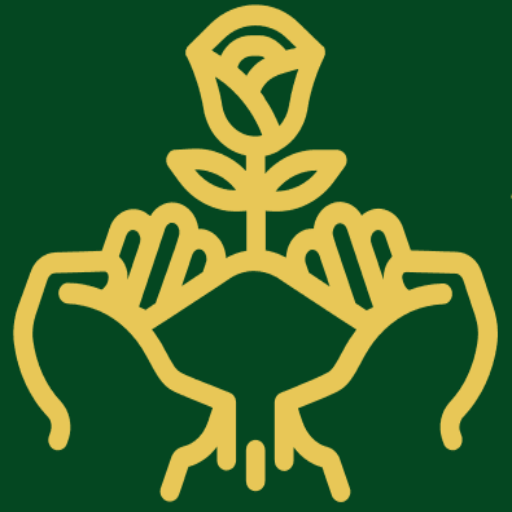Give your garden an aesthetically pleasing and ecosystem beneficial boost with companion planting for pollinators. We share how to mix the right plants for maximum pollination success.
Companion Planting To Improve Pollination Tips
Are you looking for eco-conscious ways to boost garden yields? Did you know you can use companion planting for pollination? Yes, its benefits extend beyond soil enrichment and flavor infusion.
Companion planting is a traditional method of strategically pairing multiple plants in one garden to maximize benefits through symbiosis.
When done right, pairing pollinator-friendly plants with other crops attracts pollinators and boosts overall yield.
With the garden pollination tips in this guide, you’ll learn how to supercharge your garden’s efforts and provide the foundation for blooming flowers and thriving vegetables.
Author’s Note: If you are also interested in how companion planting can help your plants grow healthily checkout our post, How To Pair Plants For Healthy Growth: Your Ultimate Companion Planting Guide!
Understand the Power of Companion Planting
“What is symbiotic gardening, and how can it help my garden?
Companion planting fundamentals rely on mutual plant benefits as a safe way to deter pests, improve growth, and foster a healthier garden. Knowing the right garden companion plants to pair is an art because you’re curating an optimal ecosystem in your space. You can repel pests or provide shade from harsh weather with the right plant pairings.
Companion planting is why certain flowers bloom brighter in the company of specific vegetables than when they’re alone.
Why Pollination Is Essential to Gardening

Now, let’s discuss the importance of pollinators in your garden so that you can better appreciate this guide.
Did you know that pollination is essential to plant reproduction? It’s the primary mechanism for fertilization, fruit, and seed production.
Many plants self-pollinate while others need external pollinators. Here’s a list of common pollinator species
- Bees: Carry pollen with their bodies.
- Birds: Long-distance pollinators, which are perfect for flowers with deep corollas.
- Butterflies: Gentle pollinators that provide aesthetic appeal.
Now you know garden pollination is essential for growth and productivity.
How Companion Planting Attracts Pollinators
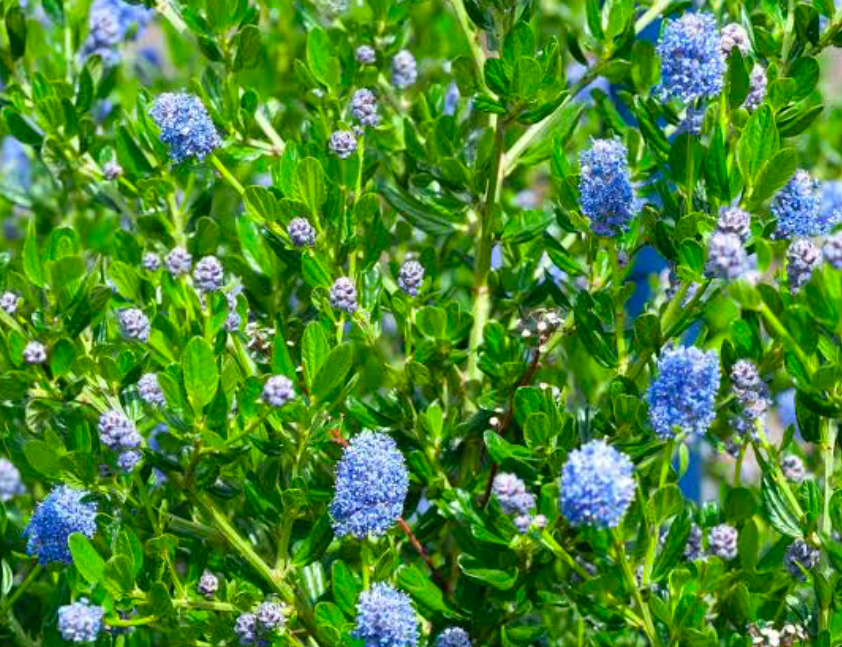
After reading the concept of pollination synergy through companion planting, you’d want to know how it works.
So, here we’ll highlight flowers that attract pollinators and other pollinator attraction methods.
Pollinator-friendly Plants
You can create a pollinator-centered ecosystem with specific plants, such as bee-friendly gardening, using Borage, Lilac, and Hyacinth.
Pollinator Attraction Methods
Alternatively, you can combine flowering plants with fruits and vegetables to enhance visuals and olfactory cues.
These cues will attract pollinators like bees, butterflies, and hummingbirds; some nectar-producing insects are a food source for them.
Top Companion Plants That Boost Pollination
Some of the best companion plants for attracting pollinators are:
Marigold
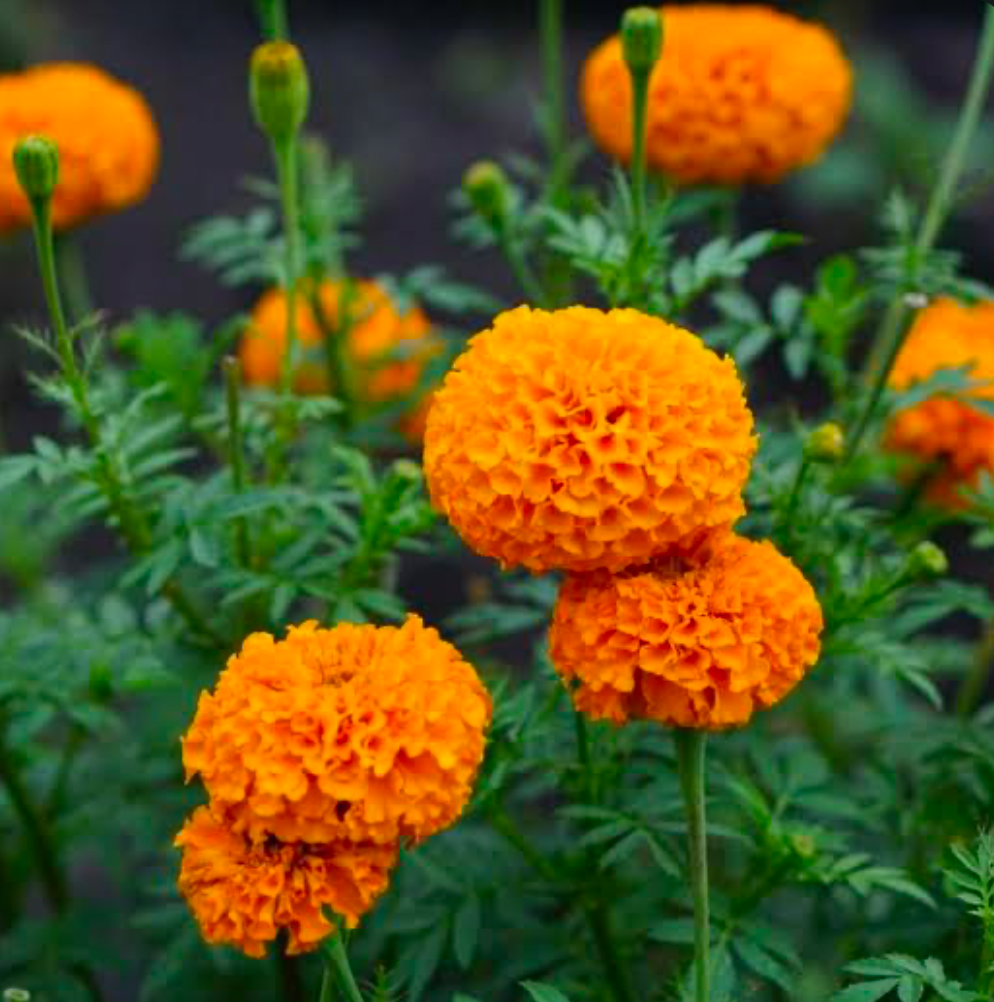
Marigold companion planting works for pest deterrence and pollinator attraction because it’s one of the popular bee-attracting plants.
Nasturtium

Nasturtiums trap pests like aphids, leading to healthier crops and bountiful harvests. If your delicate plants need protection, pair them with nasturtium.
Sunflower

Sunflowers give your garden a natural pollination boost because of their colorful, flat flowers, which attract bees and allow easy access to nectar.
Pollinator-Friendly Flowering Options to Include
Now, let’s see flowering plants for pollinators and how they attract beneficial insects while beautifying your garden.
Cosmos

Cosmos pollination benefits many plants by attracting vast pollinators with their wildflowers.
Lavender

With Lavender, bees come for the sweet scent and stay for its benefits.
Zinnia

Using zinnia for bees and butterflies in the garden is common because of their bright colors.
These pollinator garden flowers work in any ecosystem, whether vegetables, fruits, or herbs. They also create a diverse and visually appealing landscape.
Beneficial Herbs and Vegetables for Pollination
Did you know that herb garden pollination is also a useful technique?
Using common herbs like basil, dill, and cilantro attracts pollinators while enhancing the growth and health of neighboring vegetable plants.
Basil

Tomatoes are the perfect basil companion plants. The herb infuses flavor while attracting bees and butterflies for pollination.
Cilantro

Cilantro pollinator use goes beyond beneficial insect attraction to pest deterrence, healthy growth, and discouraging infestations.
Dill

When you use dill in vegetable gardens, you ensure thriving patches by deterring pests and reducing the risk of infestations.
Designing a Layout That Welcomes Pollinators
Use this guide to design an optimal pollinator garden layout. It includes traditional methods like layered planting and clustering for maximum pollination success.
Clusters
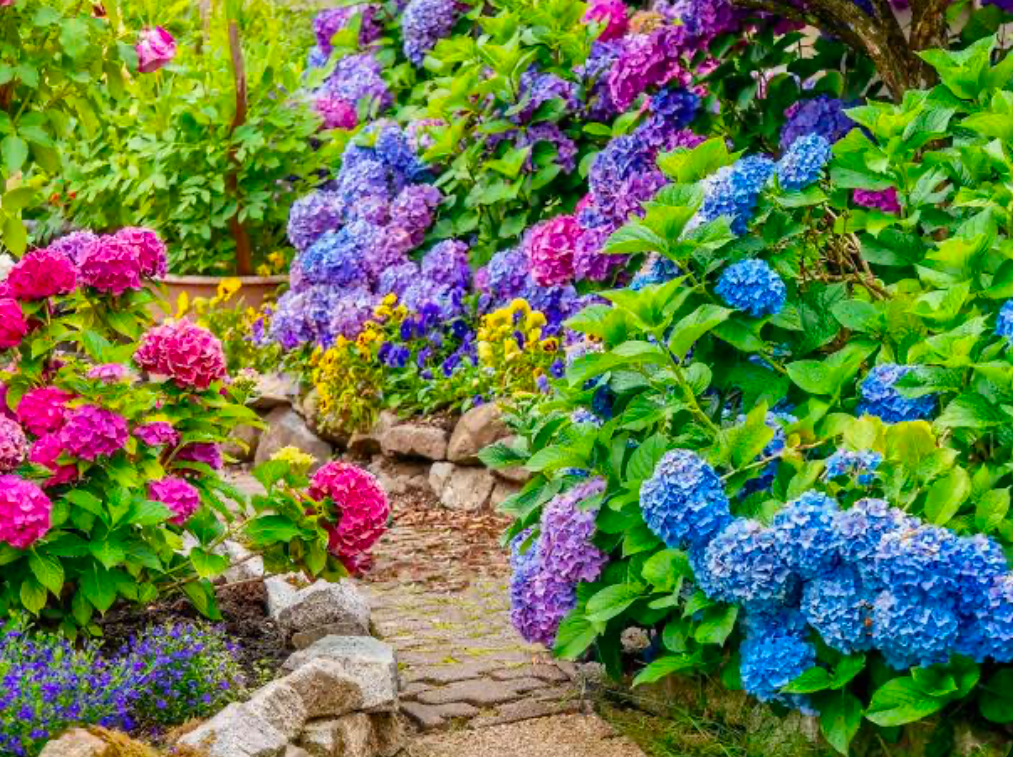
Group flowers in a cluster instead of spreading them apart for easy access to pollinators. This is the ideal garden design for bees as your target pollinators, since they can gather nectar more efficiently.
Layers

When mixing plants of different heights, it’s best to layer them with tall ones behind and short ones in front to create visibility for pollinators.
Native Planting
Add native plants to attract local pollinators for better yield. This pollination garden plan increases visibility and accessibility for maximum efficiency.
Time Your Planting for Season-Long Pollination

We’re almost done, but first, look at this seasonal planting guide for year-round pollinator support.
Pollinators are most active in the heat of Summer and other warmer seasons, so follow these tips to get them active all year and ensure continuous blooming plants.
- Plant companion flowers at the beginning of the growing season
- Start with cool-weather flowers to attract wintertime pollinators like honeybees
- Move to summer bloomers in mid-year
- Stagger your plants throughout the growing season to ensure there’s always a flower in the garden.
See this flower bloom calendar to know when to plant each species.
| Winter Flowers | Summer Flowers |
| Pansies | Zinnias |
| Violas | Sunflowers |
Tips for Attracting and Supporting Pollinators
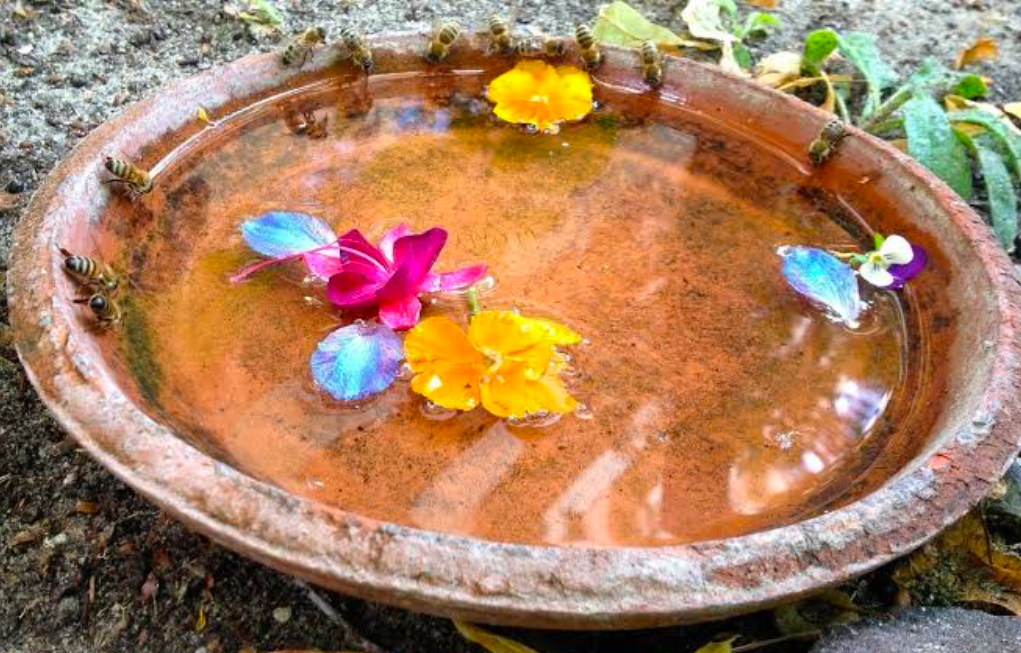
Other ways you can attract pollinators naturally include:
Water Sources
Provide a bee water source like a shallow dish with pebbles.
Pesticide-Free Practices
Create a safe garden for bees to encourage migration by adopting chemical-free practices. Use natural pest-repellent plants and attractive flowers as instructed above.
Sheltering
Add safe shelters for pollinators to rest close to your garden. Some pollinator shelter ideas you can use are:
- Leaf litter
- Brush pile
- Insect hole
- Bird box
- Beehive
Avoid These Companion Planting Mistakes

You mustn’t make these common companion planting errors in your excitement to try this system.
Poor Spacing
Overcrowding plants is the most common mistake for beginners. See the techniques for planting discussed above to ensure proper spacing in your garden. Use layers or rows to provide air circulation, light penetration, and even distribution of nutrients.
Incompatible Pairing
Research the plants you intend to plant to avoid bad plant combinations. Some plants may negatively affect others, so confirm their characteristics before putting them together.
Overplanting
Overplanting will hinder pollination and overall plant health.
Don’t forget to consider your pollinators’ needs too. It’ll encourage them to come to your garden. Follow the garden planning tips in this guide, which include choosing flowers and planting methods for maximum pollination efficiency.
Real-World Success Stories of Companion Planting
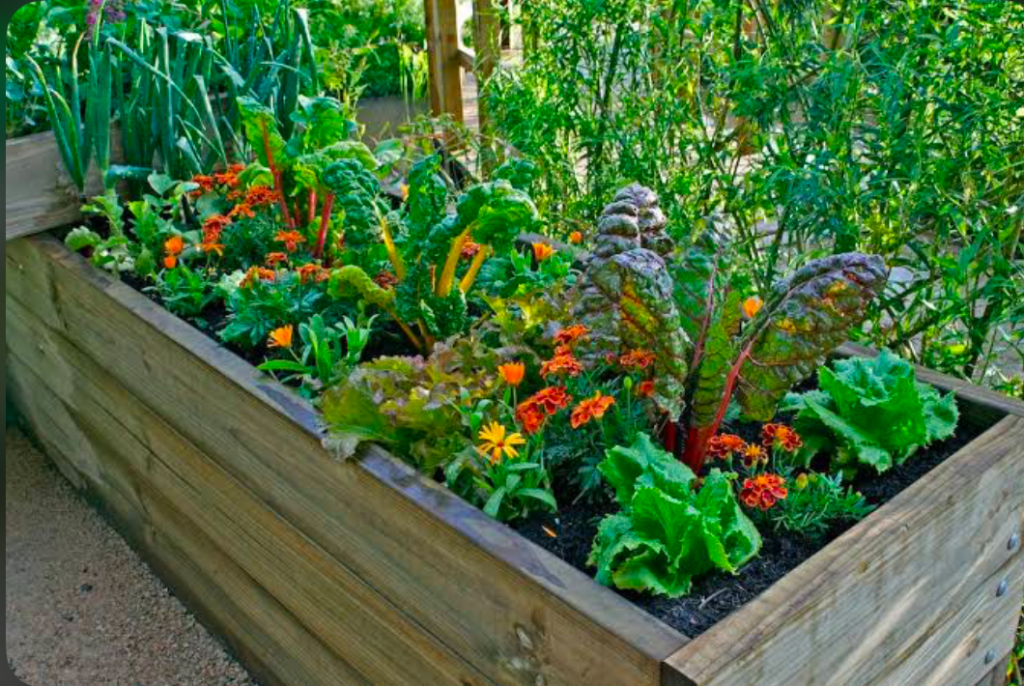
These success stories on gardening for pollinator attraction will encourage you to adopt this technique. By switching to this eco-friendly system, gardeners like you have improved crop yield stories.
A tomato farmer noticed a significant uptick in fruit yield after planting marigolds and basil around his tomato plants.
Another successful garden pollination case study is the gardener who incorporated various flowering herbs in her vegetable patch and harvested flourishing cucumbers.
There are many companion planting examples and success stories on gardening forums to inspire you. Join a community of like-minded green thumbs today.
Conclusion: Create a Pollinator Paradise with Smart Pairings
Use the pollination improvement tips in this guide to benefit your garden’s biodiversity. And you’ll see results in at least one month with consistent maintenance.
Depending on your space, location, and preferred plants, you can explore as many combinations as you like and reap all the companion planting benefits.
Remember that it’s best to support pollinators naturally for maximum efficiency. Happy gardening!
Don’t forget to leave your thoughts in the comment section below.


